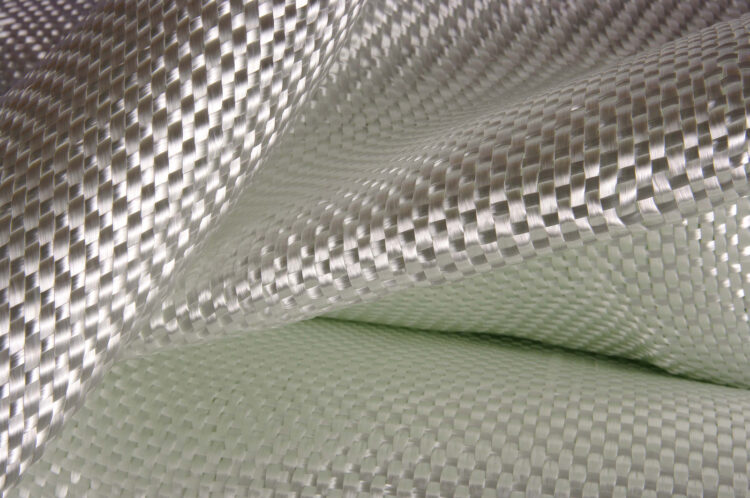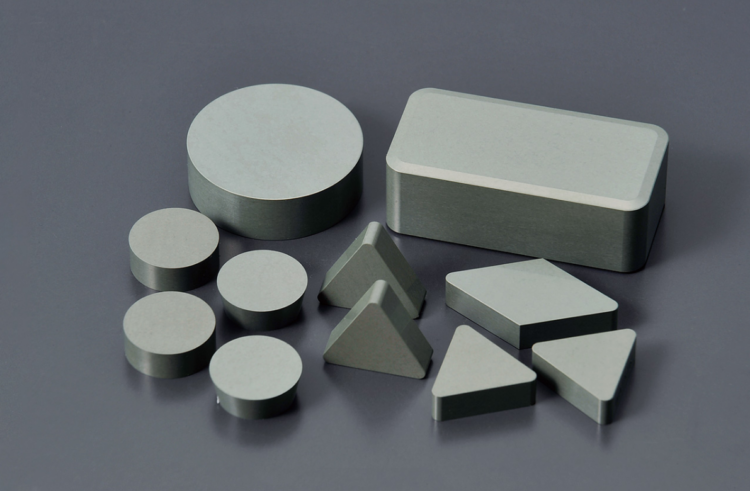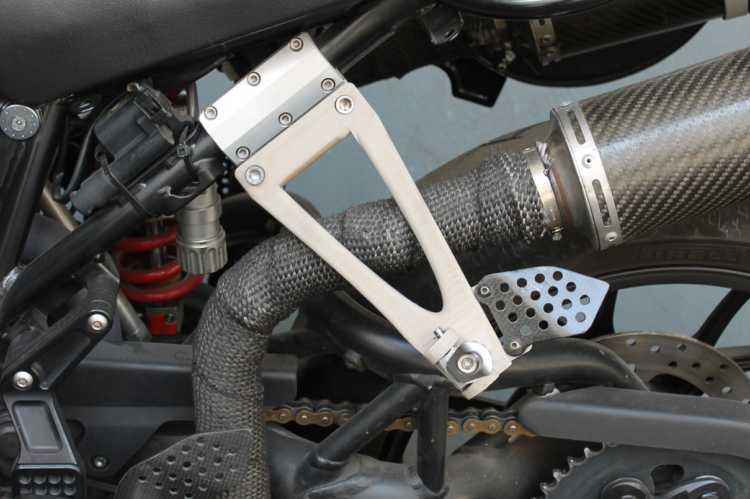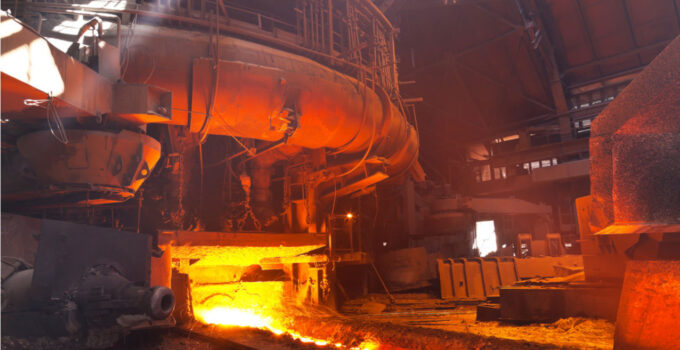In industrial applications, heat is often a critical factor that must be controlled and contained. Many materials can break down or become damaged when exposed to high temperatures, making it imperative to use heat-resistant materials in certain situations.
These materials have unique properties that allow them to maintain their strength and integrity even under extreme heat conditions.
Page Contents
What are Heat Resistant Materials?
Heat-resistant materials are those that are designed to withstand high temperatures without degrading or breaking down. They may be made from a variety of substances including ceramics, metals, and polymers.
These materials typically have a high melting point and excellent thermal stability, which allows them to resist deformation, cracking, or other forms of damage caused by heat exposure.
Applications of Heat-Resistant Materials

Source: deangroup-int.co.uk
They find application in several industries such as aerospace, automotive, chemical processing, energy generation, and many others. In the aerospace industry, for instance, these materials are used for manufacturing engine components such as turbine blades that require high-temperature resistance.
Similarly in the automotive industry, they’re used for exhaust systems where they help to reduce noise levels while withstanding high temperatures.
In the chemical processing industry, they’re used for lining furnaces and reactors where corrosive chemicals are processed at elevated temperatures. In energy generation, they’re used for manufacturing gas turbines which operate at extremely high temperatures.
What are the benefits?

Source: mid-mountain.com
Increased Safety
When working with high-temperature equipment or processes, safety is always a concern. Using heat-resistant materials can help reduce the risk of accidents by preventing equipment failure due to excessive heat.
Longer Equipment Life
They can extend the life of equipment by preventing damage caused by prolonged exposure to high temperatures. This reduces maintenance costs and downtime associated with equipment replacement or repair.
Improved Performance
These materials can improve equipment performance by allowing it to operate at higher temperatures without degradation. This improves efficiency and productivity while reducing operating costs.
Types of heat-resistant materials available on the market:
Ceramics

Source: ntkcuttingtools.com
Ceramics are known for their ability to withstand very high temperatures without deformation or failure. They offer excellent thermal insulation properties as well as resistance to wear and corrosion making them ideal for use in harsh environments.
Metals
Metals such as stainless steel offer good resistance against oxidation and corrosion which makes them useful in applications where there’s exposure to both heat and moisture like kitchen appliances.
Other metals like tungsten also exhibit excellent thermal properties even at extremely high temperatures making them great choices for use in electrical contacts.
Polymers
Polymers like PEEK (Polyether ether ketone) offer exceptional mechanical strength along with excellent chemical resistance making them perfect material choices when dealing with aggressive chemicals at elevated temperatures.

Source: roboze.com
Conclusion
Heat-resistant materials play an important role in many industrial applications where exposure to high temperatures is common. They provide increased safety, longer equipment life span along with improved performance over traditional non-heat-resistant alternatives.
Choosing the right type of material depends on several factors including cost-effectiveness, and environmental compatibility among others but whichever material you choose it’s important to ensure its suitability for specific application requirements.





